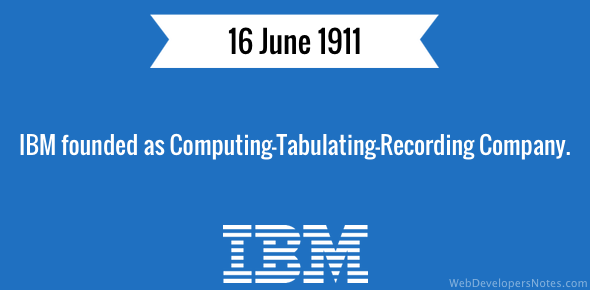

Create a master-detail relationship between the query against the page and the query against the crosstab, linking on the burst key. Make sure that ‘Crosstab’ is selected within the properties pane. If you are using a chart, then make it a property of the x axis nodeįigure 1b: If you don’t want the burst key to appear in your crosstab, make it a property of the crosstab so that the master-detail relationship to the list will work.ģ. If the burst key doesn’t feature in your crosstab layout and you want it to stay that way then find the crosstab and make the burst key a property of one of the rows (figure 1b). In my example, I have a query called ‘Crosstab Query’ which contain items used in my crosstab as well as query items for the burst options.įigure 1a: Put a query on the page which allows you to burst a page.Ģ. Change it to the query with the burst query items in it (such as burst key, burst label and burst recipients). Make sure that ‘Page’ is selected in the properties pane (figure 1a). So assign a query to the page and create a master-detail relationship between the page and all the objects on it. You’ll be pleased to know there is another way to burst crosstabs and charts without nesting inside a list! I can’t believe it was this simple… Basically you’re allowed to burst a ‘Page’ too. Whilst the outcome looks fine, it’s pretty impractical as it makes the report design more complicated than it needs to be.


I have been following this guideline for years. It basically says to nest the crosstab or chart into a list and then use varies techniques to hide the appearance of the list.
#Ibm homepage builder 2001 how to
There is an article from IBM on how to burst a crosstab (the principle of which can also apply to a chart). So where does this leave reports with crosstabs and charts in them?!? Such reports do error when trying to burst them.

It is widely understood that you can only burst a list. How to burst a crosstab or chart (without nesting inside a list!) a report called ‘Sales Report by Area’ might have outputs ‘Sales Report by Area – Area 001’, ‘Sales Report by Area – Area 002’ etc.
#Ibm homepage builder 2001 plus
Typically, this will be the report name plus a suffix of the burst key, e.g. Deciding on how to name the files so to distinguish between them effectively.This is the “ burst email address or CAMID”. If bursting the reports to an email address or CAMID (CAMID is a method that restricts which users can see which output when they view it within Cognos Connection, based on authentication against their Cognos login), deciding how to correlate the burst key to a set of email addresses.one file per sales area? product grouping? cost centre? business unit? etc.). Deciding which field will form the basis of separating the files (e.g.For example, it allows you to run the sales report once and have the results automatically output to one file per sales area. What is “Bursting” reports in IBM Cognos Report Studio?īursting allows you run a report once and have the results distributed into separate files, one file for each value in a given field. Bursting Output Only When There is Data (Useful for Exception Reporting).Have each burst recipient getting multiple different attachments on the same email.Renaming the email attachment file to include the burst key name.Bursting each file to more than one recipient.Bursting with an email address not from the package.Bursting with an email address from the package.Varying the Burst Key (Using a Macro Prompt).How to burst a crosstab or chart (without nesting inside a list!).What is “bursting” reports in IBM Cognos Report Studio?.Lindsey O’Grady – Practice Lead Report & AnalyseĪ techy guide to implementing bursting and overcoming the pitfalls to ensure you are bursting with success! Contents:


 0 kommentar(er)
0 kommentar(er)
